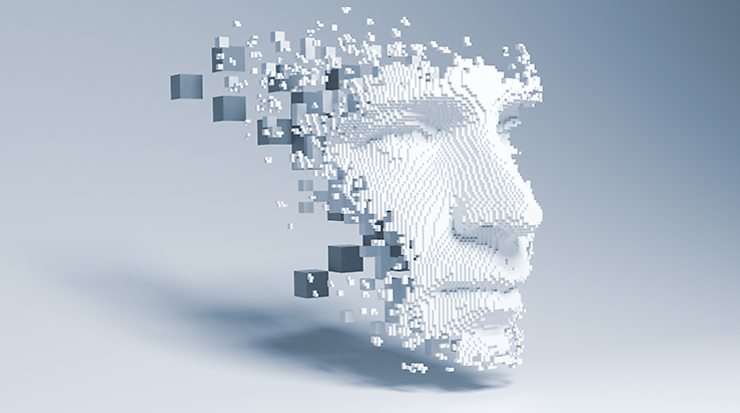
Artificial Intelligence (AI) and blockchain technologies have emerged as two of the most transformative forces reshaping industries and societies worldwide. While AI promises to revolutionize how we interact with data and automate tasks, blockchain offers unprecedented levels of transparency, security, and decentralization. However, alongside their immense potential, AI and blockchain also present significant risks and challenges that must be navigated carefully. In this article, we explore the intricacies of these technologies, the risks they entail, and the opportunities they offer.
Understanding Artificial Intelligence: Artificial Intelligence, often referred to as AI, encompasses a broad range of technologies and techniques designed to mimic human cognitive functions. From machine learning and natural language processing to computer vision and robotics, AI enables computers to perform tasks that typically require human intelligence. This includes everything from recognizing patterns in data and making predictions to understanding and generating human language.
The Rise of AI: In recent years, AI has experienced unprecedented growth and adoption across industries, driven by advancements in computational power, data availability, and algorithmic innovation. From virtual assistants like Siri and Alexa to recommendation systems like Netflix and Spotify, AI is ubiquitous in our daily lives, shaping how we work, communicate, and consume information.
However, alongside its transformative potential, AI also presents significant risks and challenges. These include concerns about job displacement, algorithmic bias, privacy infringement, and autonomous weapon systems. As AI becomes increasingly integrated into critical systems and decision-making processes, addressing these risks will be paramount to ensuring its responsible and ethical use.
Understanding Blockchain: Blockchain, often hailed as the cornerstone of the decentralized web, is a distributed ledger technology that enables the secure and transparent recording of transactions across a network of computers. Each transaction, or “block,” is cryptographically linked to the previous one, forming a chain of blocks that is immutable and tamper-resistant. This decentralized and transparent nature of blockchain eliminates the need for intermediaries, such as banks or governments, and empowers individuals to transact directly with one another.
The Rise of Blockchain: Since its inception with Bitcoin in 2008, blockchain technology has evolved beyond cryptocurrency to encompass a wide range of applications, including supply chain management, identity verification, and decentralized finance (DeFi). With its promise of trustless transactions, censorship resistance, and data integrity, blockchain has captured the imagination of entrepreneurs, developers, and investors worldwide.
However, like AI, blockchain also presents significant risks and challenges. These include scalability limitations, energy consumption concerns, regulatory uncertainty, and the proliferation of scams and fraudulent schemes. As blockchain continues to mature and scale, addressing these challenges will be crucial to unlocking its full potential and fostering widespread adoption.
Navigating the Risks and Opportunities: Navigating the risks and opportunities inherent in AI and blockchain requires a multifaceted approach that encompasses technological innovation, regulatory oversight, and ethical considerations. On the one hand, organizations must invest in research and development to mitigate the risks associated with AI and blockchain, such as algorithmic bias, data privacy, and cybersecurity vulnerabilities. This may involve implementing robust testing and validation processes, adopting transparent and explainable AI models, and integrating privacy-enhancing technologies into blockchain networks.
On the other hand, policymakers and regulators must establish clear guidelines and frameworks to govern the responsible use of AI and blockchain technologies. This includes developing standards for algorithmic accountability, data protection, and digital identity management, as well as fostering collaboration between industry stakeholders, academia, and civil society to address emerging challenges and opportunities.
In conclusion, AI and blockchain technologies hold immense promise for transforming industries and societies in profound ways. From revolutionizing how we interact with data and automate tasks to enabling new forms of decentralized governance and financial inclusion, AI and blockchain have the potential to reshape the world as we know it.
However, realizing this potential requires a nuanced understanding of the risks and opportunities inherent in these technologies and a commitment to navigating them responsibly and ethically. By investing in research and development, fostering collaboration, and establishing clear guidelines and frameworks, we can harness the power of AI and blockchain to create a more equitable, transparent, and inclusive future for all.
I invite you to download your complimentary copy of “The Deepfake Dilemma” and join me in this critical conversation. Together, let us navigate the complexities of the digital age with wisdom, foresight, and determination, ensuring a brighter and more secure future for generations to come.